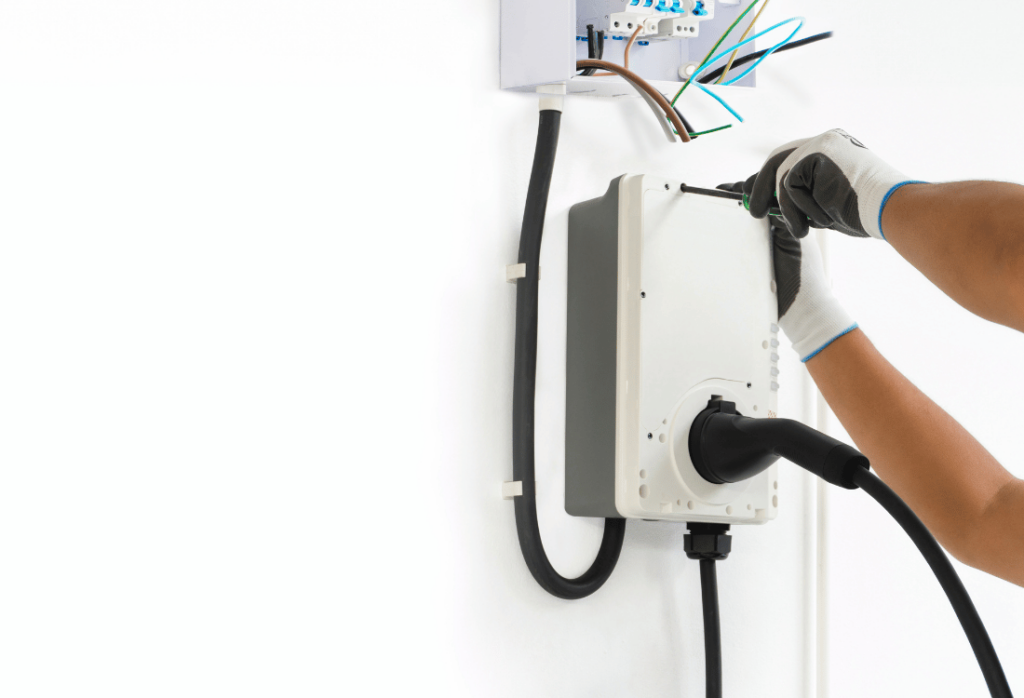As electric vehicles (EVs) become more popular, having a home charging station is a convenient and cost-effective way to power your car. Installing an EV charger at home allows you to charge your vehicle overnight, eliminating the need for frequent trips to public charging stations. However, before installing a charger, it’s essential to prepare your home’s electrical system to handle the additional load. Working with a professional electrician ensures a safe and efficient installation.
The first step in preparing for an EV charger is assessing your home’s electrical panel. EV chargers require a dedicated circuit to prevent overloading your system. If your panel is outdated or lacks available capacity, you may need an upgrade to support the charger. A licensed electrician can evaluate your panel’s capacity and make recommendations based on your home’s electrical demand.
Choosing the right type of charger is another crucial step. Level 1 chargers use a standard 120V outlet and provide slower charging speeds, while Level 2 chargers require a 240V circuit for faster charging. Most EV owners opt for Level 2 chargers for their efficiency, but proper installation is key to ensuring safety and performance. A professional can install the necessary wiring and outlets to meet the charger’s power requirements.
Once your charger is installed, it’s important to follow safety guidelines for use and maintenance. Regularly checking the charging cable and outlet for wear and tear can prevent potential hazards. Additionally, installing surge protection can help safeguard your EV and home’s electrical system from power fluctuations. With a properly installed EV charger, you can enjoy the convenience of charging your vehicle at home while reducing your reliance on public charging stations.

